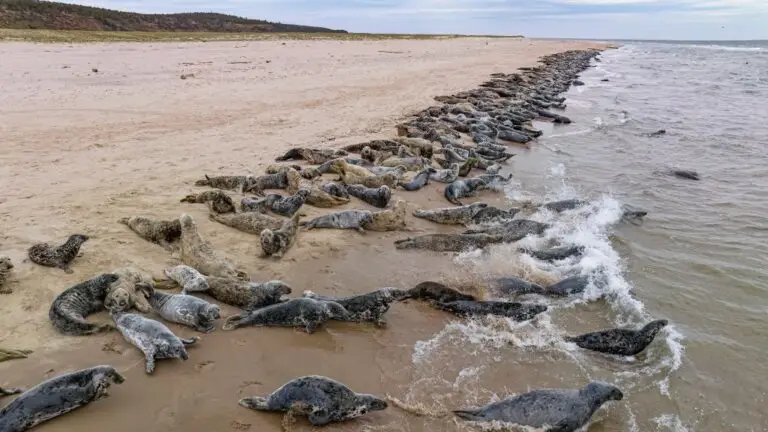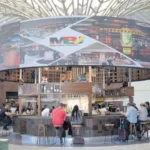The Arctic, long viewed as an untouched expanse of ice and stillness, is unraveling faster than ever—quietly, brutally, and largely unnoticed.
New findings from global conservation scientists have confirmed that a growing number of Arctic species—particularly seals and birds—are sliding toward extinction at an alarming rate. The culprit: a lethal convergence of human expansion and a climate spiraling out of control.
Climate as a Weapon
While the world debates degrees of warming, the Arctic isn’t waiting. Temperatures are accelerating at nearly four times the global average, reducing sea ice faster than predictions and leaving little time for adaptation.
For animals that rely on ice as a foundation of life—such as the hooded seal—this is a death sentence. Once classified as vulnerable, it is now listed as endangered. Bearded and harp seals, which once roamed the frozen seas in abundance, are now teetering, reclassified as near threatened.
These species are not just passive victims; they are engineers of their ecosystem. Their diets, waste cycles, and role in the food web shape the balance of marine life. Without them, the structure begins to collapse.
Ice-Free Winters in the North
Researchers monitoring the Svalbard archipelago, a key habitat between mainland Norway and the North Pole, have witnessed a shocking reversal. Locations that remained ice-locked for nearly half the year now experience ice-free winters—an unimaginable change just two decades ago.
This isn’t theoretical anymore. It’s real, visible, and accelerating.
Birds in Freefall
It’s not just marine life that’s buckling under the strain. Birds across the globe are also facing sharp declines, with deforestation, industrial agriculture, and urban sprawl erasing critical habitats. Nearly two-thirds of bird species are now experiencing population declines—up from 44% less than a decade ago.
The crisis is particularly acute in tropical regions. In Madagascar, fourteen bird species were newly added to the watchlist. West Africa and Central America have seen a rise in threatened classifications as well, spotlighting a global unraveling of avian ecosystems.
A Glimmer in the Dark
There is one rare exception in this downward spiral. The green turtle, a species once edging toward extinction, has clawed its way back—its numbers rising by over 28% since the 1970s. Conservationists credit decades of coordinated, relentless efforts.
But they’re not celebrating. The recovery is proof that targeted intervention can work—but also a warning that most species won’t survive without it.
“Conservation success is not a reason to relax,” said one marine biologist involved in the assessment. “It’s a reminder of how much work remains—and how far behind we already are.”
Final Warning
This isn’t just an Arctic story. It’s a global one.
The silent vanishing of species in the world’s most extreme environments is a harbinger. The systems keeping Earth’s balance intact are creaking under the weight of industrial growth and a warming atmosphere. Without rapid redirection, we’re not just losing animals—we’re dismantling the operating system of the planet.
And when that breaks, it’s not just the Arctic that melts. It’s everything.






